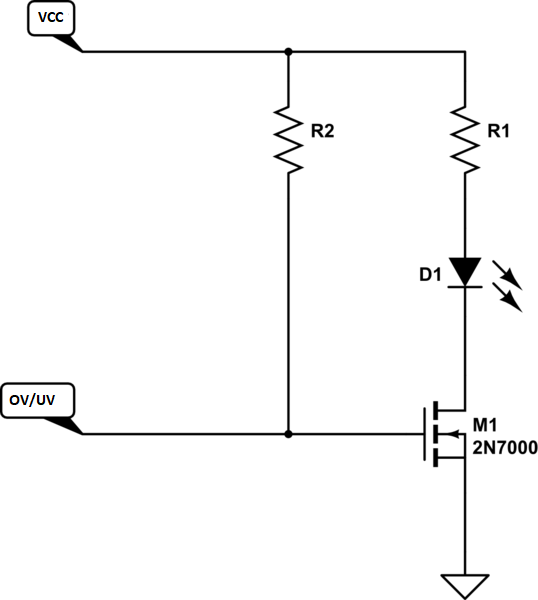Hello dear Ti community.
I've got some questions regarding TPS3701.
I'm going to use it as a wired-or config for monitoring bipolar power supply (which is +/-24V in my case).
Question is, if I'm going to pull up those outputs with 5V and there will be two ICs (one of them for positive and one for negative rail) how should I connect all four outputs to get it working fine?
I'm asking because negative sensing variant require two resistors and one diode to work - should I connect additional outputs here (red dot on my picture) or for additional outputs (from positive sensing) should I use another pull up resistor and then I could tie all outputs together?

I just want to sense both voltages in my power supply to turn on/off LDO's/DC-DC and when one rail fail I just want to to turn off everything.
Another question regarding same application is how to drive some LED's to get visual information when there is [no] failure - in this case I just want one LED that will either shine or be turned off when something unusual happen. Because I'm little unsure about it I don't want to add anything that could false trigger or glitch anything.
Thank you for helping me, have a nice day :)


